Imagine that one morning you wake up and you look into the mirror and realize that you are merely a shell of who you once were. Your body is riddled with disease — a disease that the doctor informs you is terminal; there is nothing more that they can do to help you. You struggle to get out of bed in the morning and to perform the most basic tasks. Until one day, getting out of bed at all seems meaningless and is far too painful a task to undertake. You are hit with the realization that your suffering will only get worse. Your body will only continue to degenerate.
As each day passes, you realize that you will only lose more of yourself. Your family will have to watch you waste away to nothing. Your family is plagued with daunting thoughts such as, “Is today going to be the day that we lose you?” Their sadness is on your conscience, only contributing to your depressed and self-destructive thoughts. Despite your family’s efforts to comfort you, you still feel as if your existence is a burden. You wonder if you will be able to preserve any dignity at all as your disease worsens.
This is the story of many individuals who have been diagnosed with terminal diseases in America, and around the world. The right-to-die is very rarely spoken about in the U.S., with Oregon being one of only four places in the world that openly and legally authorize active assistance in dying patients, along with Switzerland, Belgium and the Netherlands, according to Derek Humphry’s Euthanasia, Research & Guidance Organization’s article, “Tread Carefully When You Help to Die” on March 1, 2005.
Only last month, on July 7, The New York Times reported on fierce religious opposition to California lawmakers’ attempt to legalize life-ending drugs on the same basis as in Oregon, and thus the suicide bill was dropped.
Should euthanasia be legalized in the United States so that individuals with terminal illnesses can die with dignity and on their own terms? Or is the illegality of the practice a way to save people from themselves during an emotional and painful process to prevent them from making a decision that they will never be able to take back?
Brittany Maynard, a 29-year-old woman who has become the face of the right-to-die movement, ended her own life in the comfort of her home in Portland, Oregon on November 1, 2014, according to Nicole Wiesensee Egan’s PEOPLE magazine article, 2014. Her death sparked an onslaught of controversial opinions.
Maynard’s doctors informed her that she had six months to live last spring, after she was diagnosed with a likely stage four glioblastoma, according to Egan’s article.
“My glioblastoma is going to kill me and that’s out of my control,” Maynard told PEOPLE magazine in October 2014. “I’ve discussed with many experts how I would die from it and it’s a terrible, terrible way to die. So being able to choose to go with dignity is less terrifying.”
On November 1, Maynard passed away only 30 minutes after taking a mixture of sedatives, respiratory system depressants and water, according to Mary Bowerman’s USA Today article, “Brittany Maynard’s husband says it was ‘her time to go’,” on Jan. 14. Before her death, Maynard’s main concern was being able to die with dignity and to evade, what would be in her words “a terrible, terrible way to die.” Her husband, Dan Diaz, reported that it “was the most peaceful experience that you could ever hope for,” according Bowerman’s article. Diaz claims that Maynard’s decision to take her own life spared her the terrible fate of constant seizures, losing her eyesight, becoming paralyzed, and an inability to speak.
The right to die, although rarely discussed, is highly controversial among college students. “I completely understand and believe that people should have control over their own fate,” said Kate Gambino, a junior Broadcasting major at LIU Post. “But some people have gone into remission after having stage 4 cancers. Then again, I don’t think it’s right to torture someone by keeping them alive.”
There are others, though, who claim that patients who are terminally ill shouldn’t take their own lives. Maggie Karner, a Connecticut woman who also suffers from stage 4 gliobostoma, released a video on October 29, 2014 on YouTube urging Maynard, “Please don’t leave us yet. Let’s choose life for as long as we’ve got.” Karner likened Maynard to a woman standing on a ledge ready to jump. Karner states that her video entitled, “A letter to Brittany Maynard,” is a screaming plea to Maynard to convince her to not jump. “Don’t let that arbitrary date pressure you. You are strong. How about instead on November 1st, you and I choose to squeeze every drop out of life and cheat this beast of a cancer for as long as we can,” Karner stated in her video released on October 29, 2014.
“For people to argue against this choice for sick people really seems evil to me,” Maynard told PEOPLE magazine before her death in October 2014. “They try to mix it up with suicide and that’s really unfair, because there’s not a single part of me that wants to die. But I am dying.”
“Although I feel it is a form of suicide, “assisted suicide” just isn’t the correct term, Josh Levine, a junior Psychology major at LIU Post said. “If someone was on a bridge and you gave [him or her] a push because they asked that seems more like assisted suicide. This procedure done in a humane and peaceful environment, done with no malice, no force and having the person thoroughly think it through, seems more of a helping hand to them when going through pain. Suicide is too harsh a word for this.”
Now, imagine another scenario. Your child is born severely disabled. Your child cannot walk, talk, eat or drink and their health is expected to deteriorate. While most parents love to look toward the future of their children, you simply cannot for it is too painful. You are faced with knowing that your child is suffering immensely and there is nothing that you can do to ease their pain.
This is the story of Charlotte Fitzmaurice Wise. Her daughter, Nancy Fitzmaurice, was born blind with hydrocephalus, meningitis and septicemia, could not walk, talk, eat or drink and required 24-hour care, according Cassy Fiano’s Live Action News article, “Mother wins case to kill her disabled daughter” on October 27, 2014.
Fitzmaurice was fed, watered and medicated by tube at London’s Great Ormand Street Hospital and as she grew she would scream in agony for hours despite being given morphine and ketamine, according to the article. It was then that her mother petitioned to a High Court judge in the UK to grant her the right to terminate her severely disabled daughter’s life, according to Ian Horswill’s News Corp Australia Network article, “Charlotte Fitzmaurice Wise wins right to end daughter Nancy’s life,” on October 27, 2014.
Charlotte Fitzmaurce Wise’s petition was granted almost immediately. Nancy died 14 days after the ruling and her fluids were withdrawn, according to Horswill’s article. Some people believe that Wise made the right decision, including High Court Justice King who stated, “The love, devotion and competence of her mother are apparent. In her own closed world she has had some quality of life. Sadly that is not the case now,” according to the article.
Some believe that the mother acted with the cruelty that she was attempting to spare her daughter. When a patient is deprived of the fluid that is crucial for them to live, they suffer dehydration and lack of nutrition, which is also known as starvation, and ultimately, they die, according to Fiano’s article.
“So to end a person’s supposed suffering — a person who is not terminally ill, is not on any life support, and can breathe on their own — we must make them suffer a slow, painful, horrific death. But only if they’re disabled, apparently,” Crissy Fiano stated in her article. “Putting a bullet in her head would have been kinder because it at least would have been immediate. But then we can’t tap dance around the fact that what this mother did is murder.”
However, Charlotte Fitzmaurice Wise states that she did what she believed was in the best interest of her daughter. “After a whole weekend of her screaming in agony, I decided I wasn’t going to watch my little girl suffer any more,” Fitzmaurice Wise told Metro, an English print and online publication. “There was no way I was going to let her stay in extreme pain for months. It killed me there was nothing I could do to help her. All the nurses were in tears as they saw her screaming. All I wanted was for my daughter to die with dignity with me holding her hand.”
The debate on Euthanasia is a divided one. Some people believe that those diagnosed with a terminal illness or who are severely disabled should be allowed to take their own lives in an effort to avoid a painful death that robs them of their faculties and their dignity. Others believe that people should live for as long as they possibly can until they naturally pass away because death can never be reversed and no one can predict the future.
However, perhaps, it is not our place to judge. We must practice empathy and understanding to those enduring such a debilitating illness. When it comes to life and death, we can share our opinions but we cannot inflict them upon others but we can always offer support and understanding to those who truly need it.





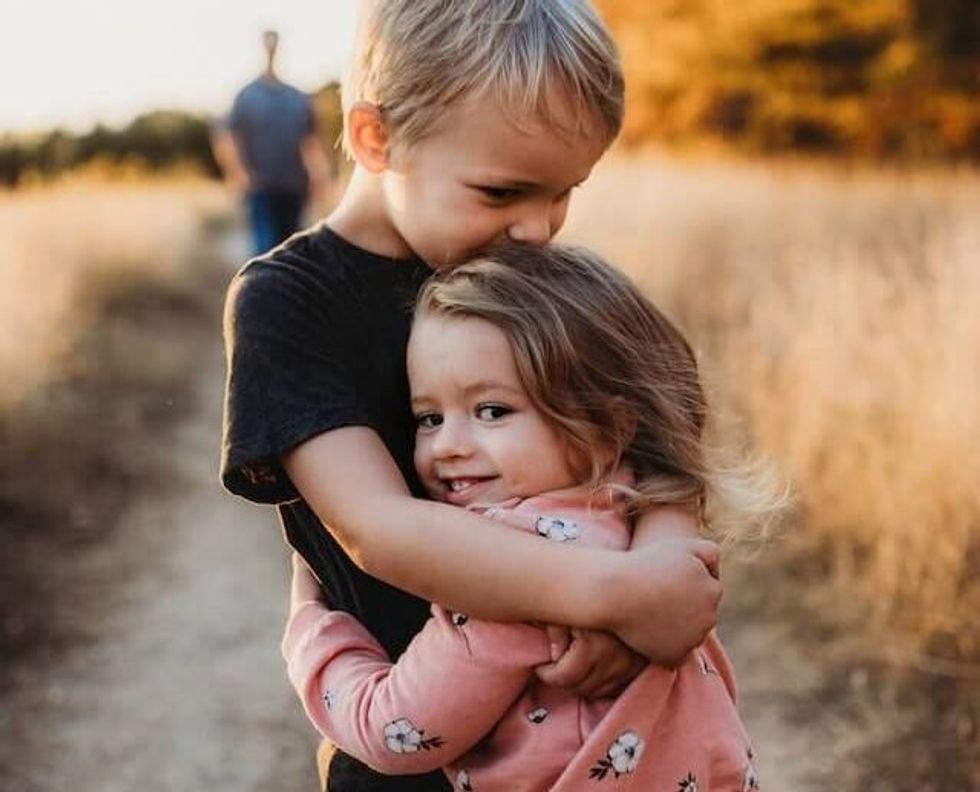



 woman in white shirt leaning on yellow wall
Photo by
woman in white shirt leaning on yellow wall
Photo by 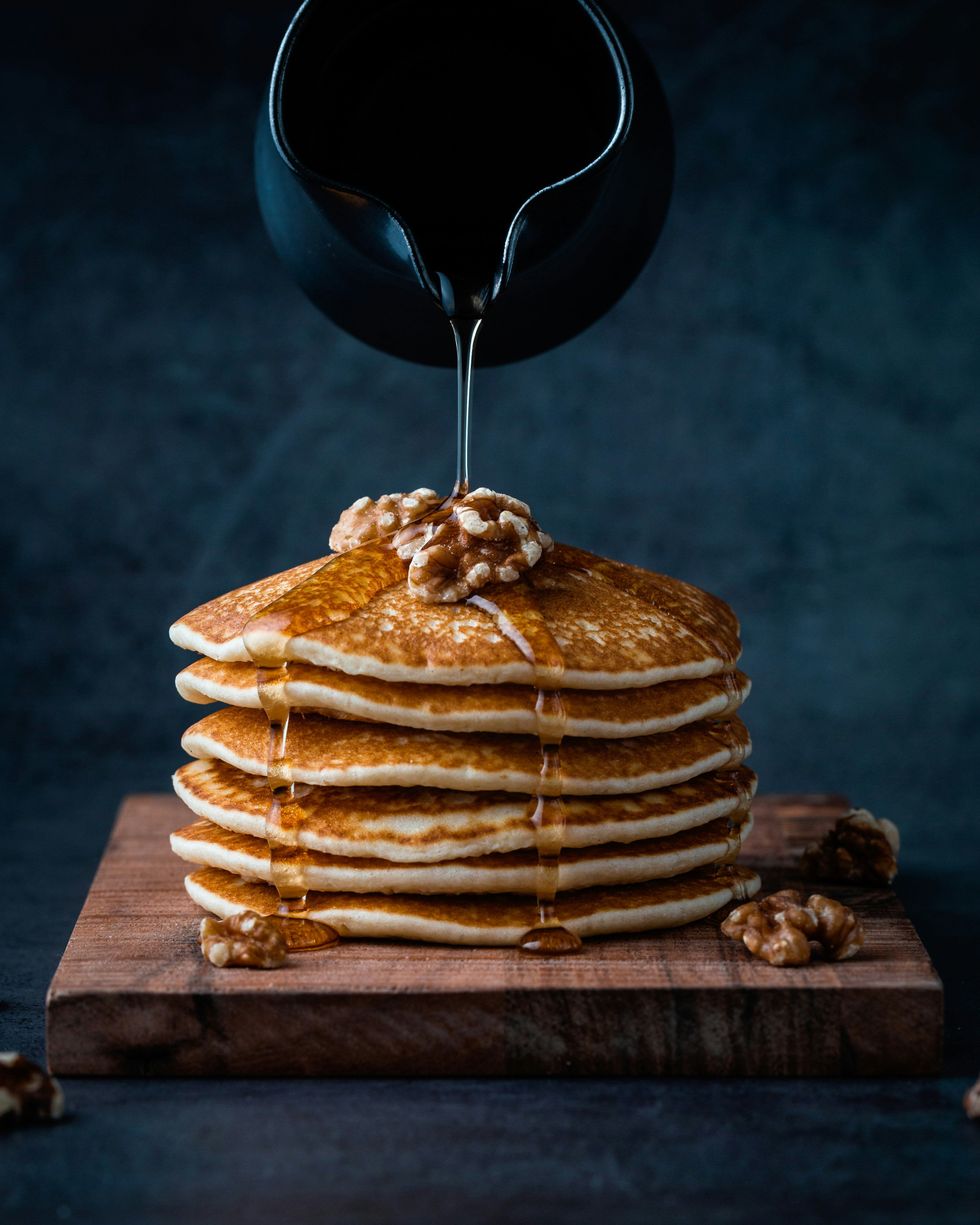 pancakes with syrup
Photo by
pancakes with syrup
Photo by 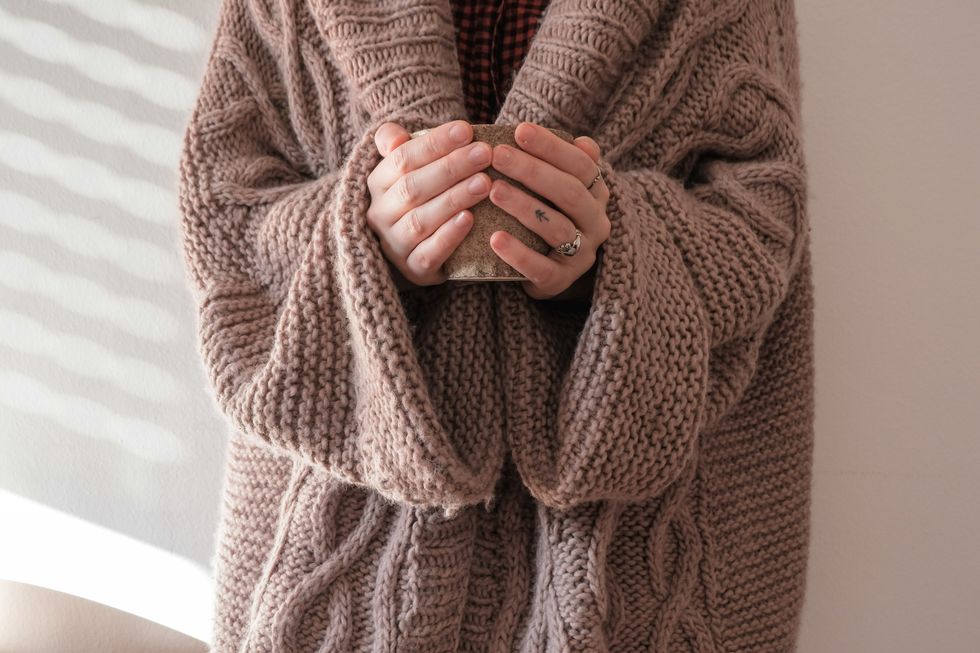 person in brown knit sweater
Photo by
person in brown knit sweater
Photo by  a person sitting on a couch with a laptop
Photo by
a person sitting on a couch with a laptop
Photo by  woman in black and white floral dress sitting on red car hood during daytime
Photo by
woman in black and white floral dress sitting on red car hood during daytime
Photo by  a person holding a cell phone in their hand
Photo by
a person holding a cell phone in their hand
Photo by  high angle photo of cityscape
Photo by
high angle photo of cityscape
Photo by  woman covering eyes with hand
Photo by
woman covering eyes with hand
Photo by 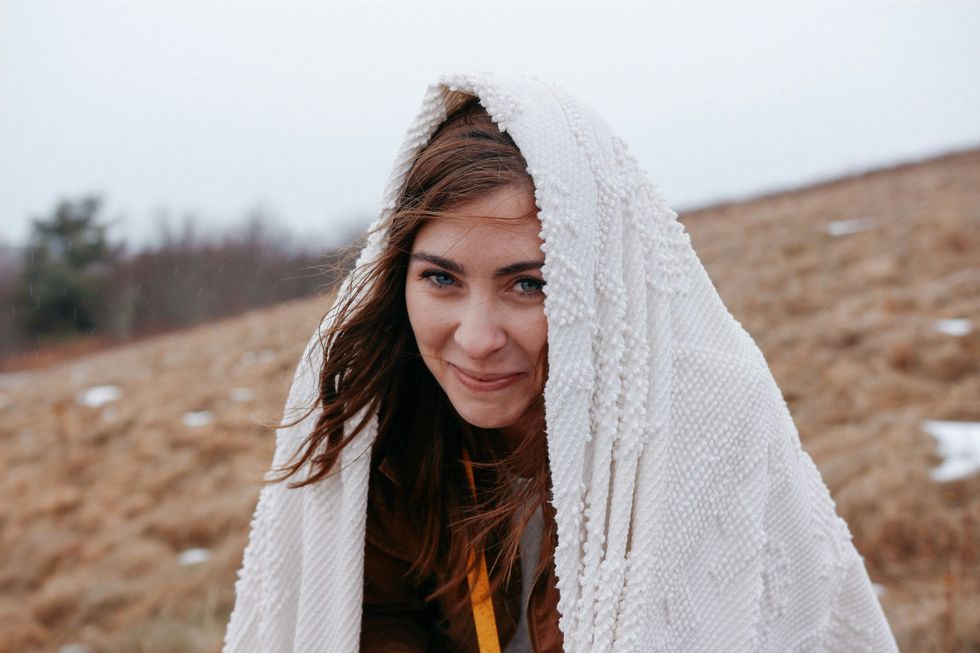 smiling woman wrapped with white headscarf
Photo by
smiling woman wrapped with white headscarf
Photo by 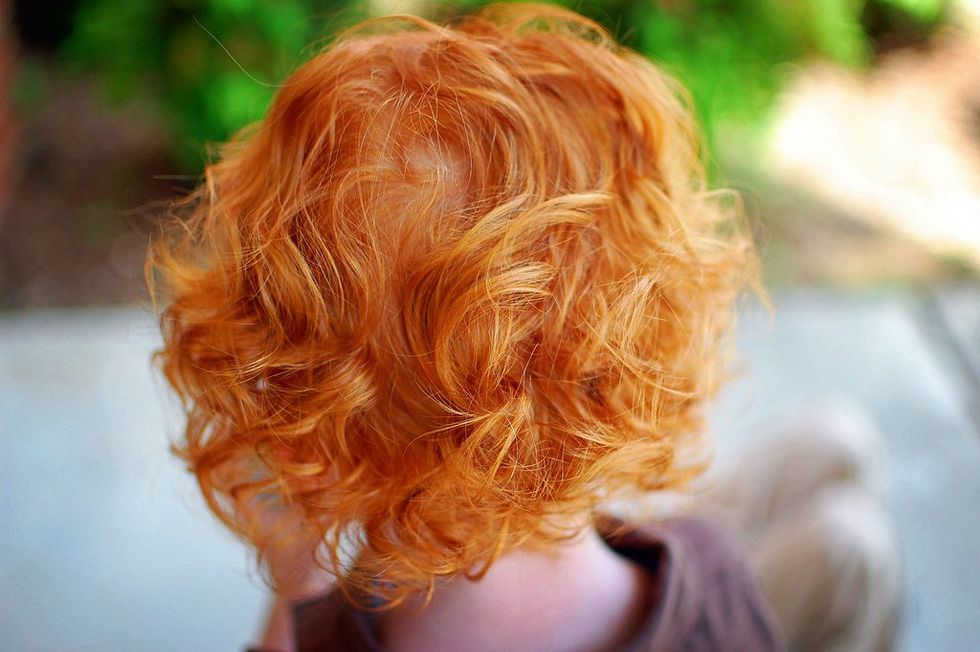 Good hair | Jamie | Flickr
Good hair | Jamie | Flickr mmm coffee | We found a good coffee place on the island. Act… | Flickr
mmm coffee | We found a good coffee place on the island. Act… | Flickr man jumping on the middle of the street during daytime
Photo by
man jumping on the middle of the street during daytime
Photo by  person jumping on big rock under gray and white sky during daytime
Photo by
person jumping on big rock under gray and white sky during daytime
Photo by 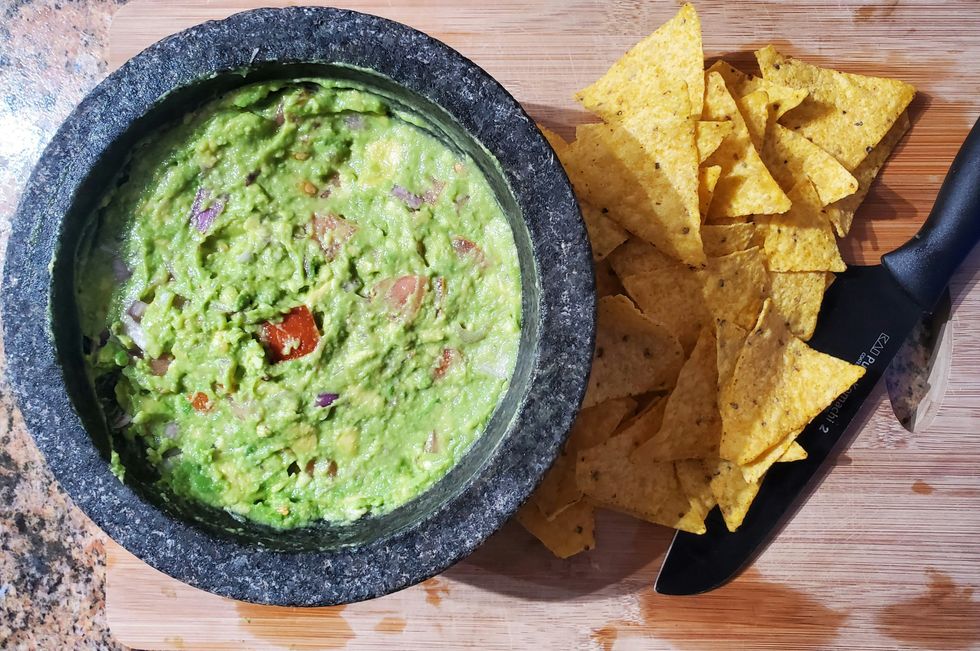 a bowl of guacamole next to a bowl of tortilla chips
Photo by
a bowl of guacamole next to a bowl of tortilla chips
Photo by  two women sitting on a couch in a living room
Photo by
two women sitting on a couch in a living room
Photo by  cooked food on black bowl
Photo by
cooked food on black bowl
Photo by 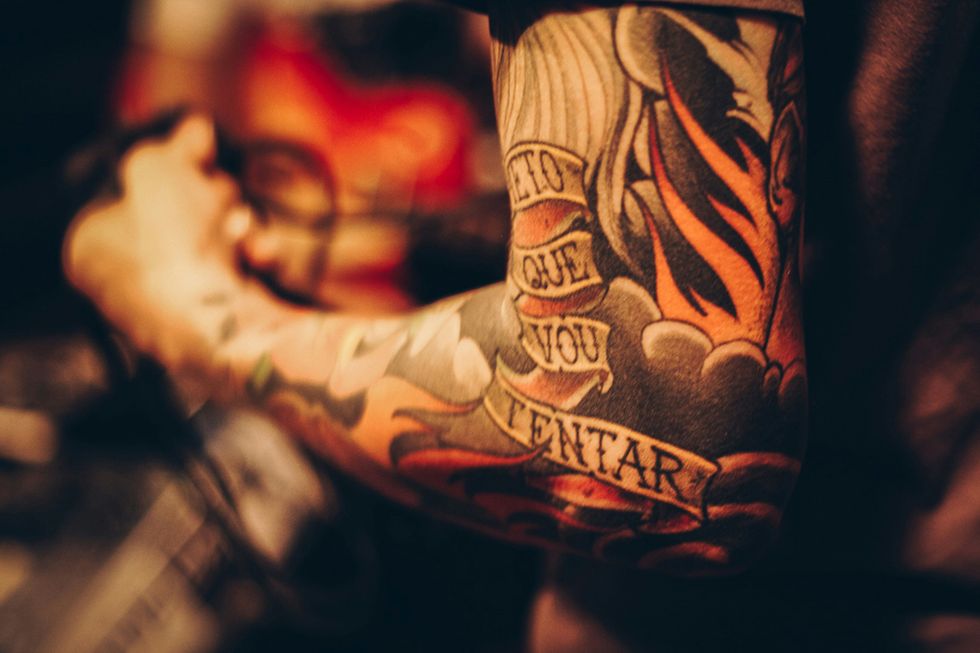 men's arm tattoo
Photo by
men's arm tattoo
Photo by  a group of trees with orange leaves
Photo by
a group of trees with orange leaves
Photo by  The butterflies in the stomach... | Check out my blog! www.p… | Flickr
The butterflies in the stomach... | Check out my blog! www.p… | Flickr two bread with sauce in box
Photo by
two bread with sauce in box
Photo by  a couple of young girls standing next to a tent
Photo by
a couple of young girls standing next to a tent
Photo by 
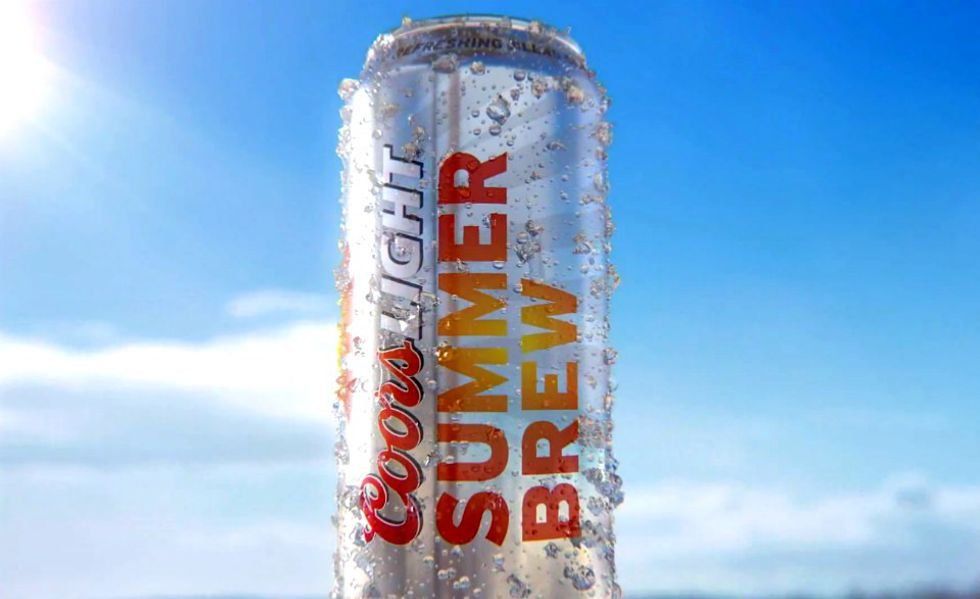
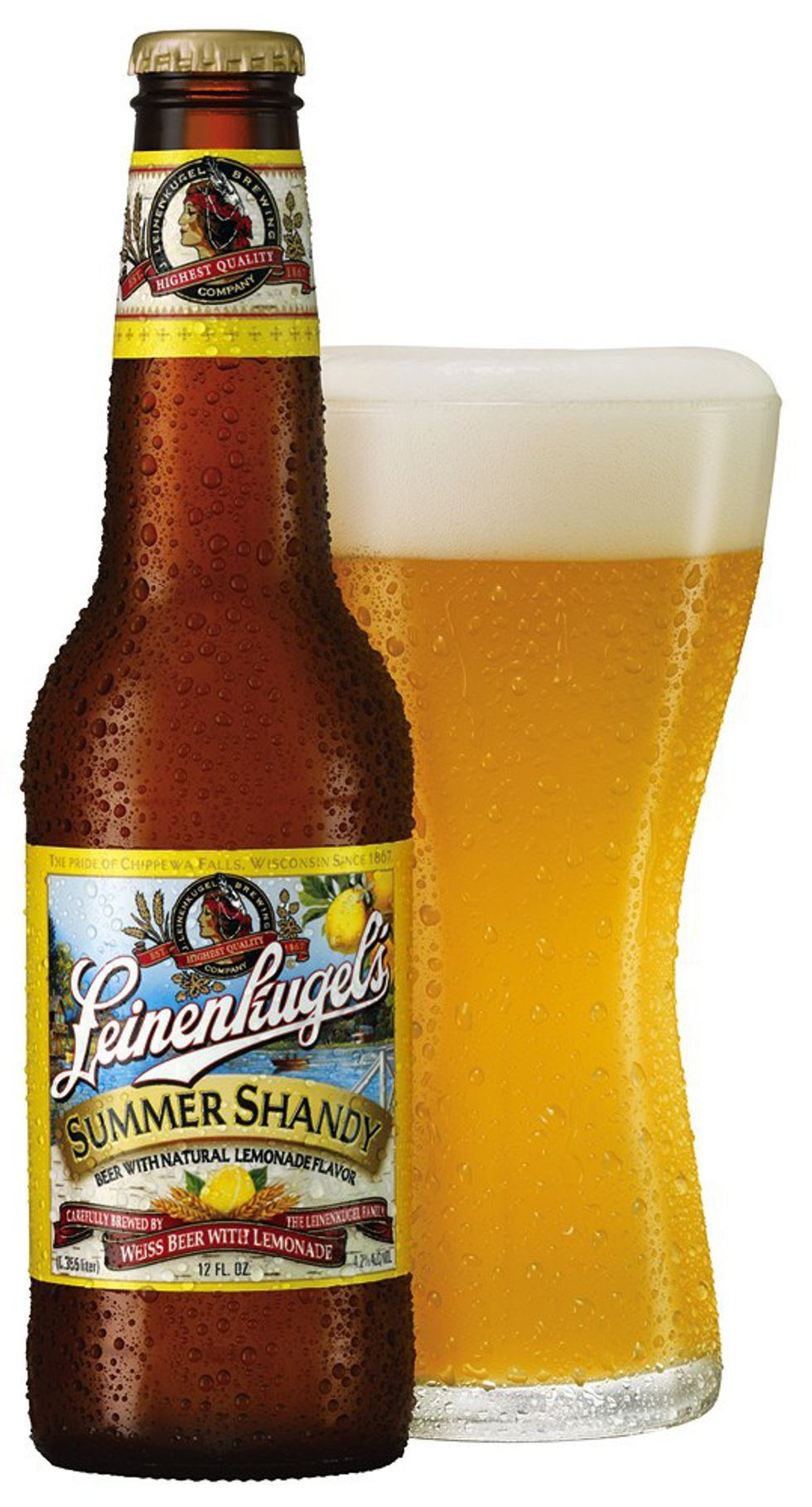





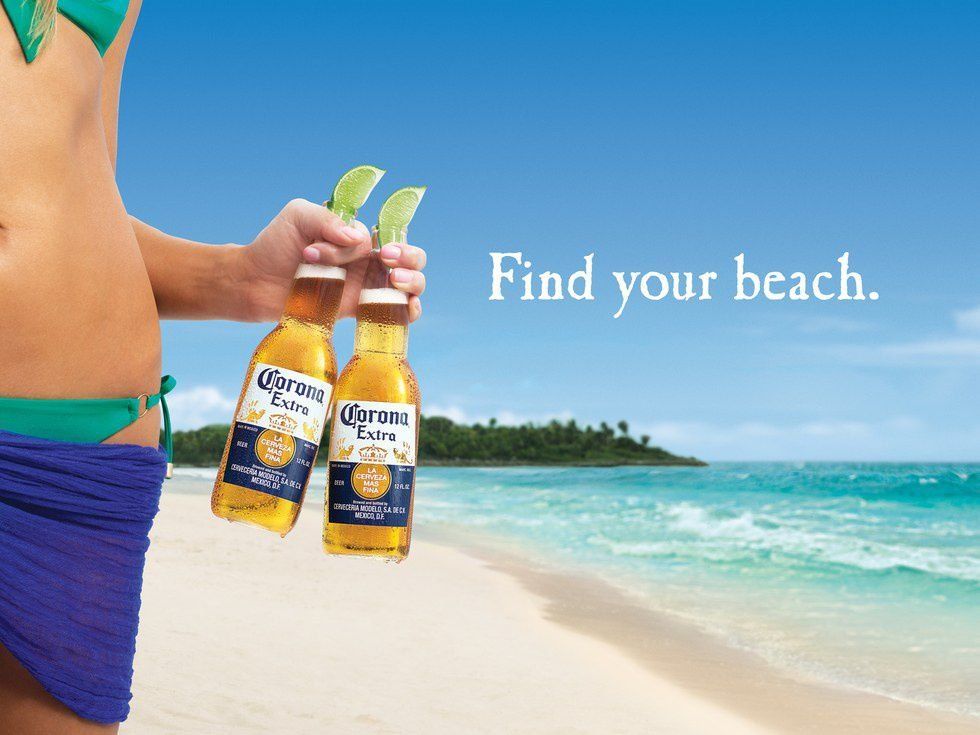

 Photo by
Photo by  Photo by
Photo by  Photo by
Photo by  Photo by
Photo by  Photo by
Photo by  Photo by
Photo by  Photo by
Photo by 










